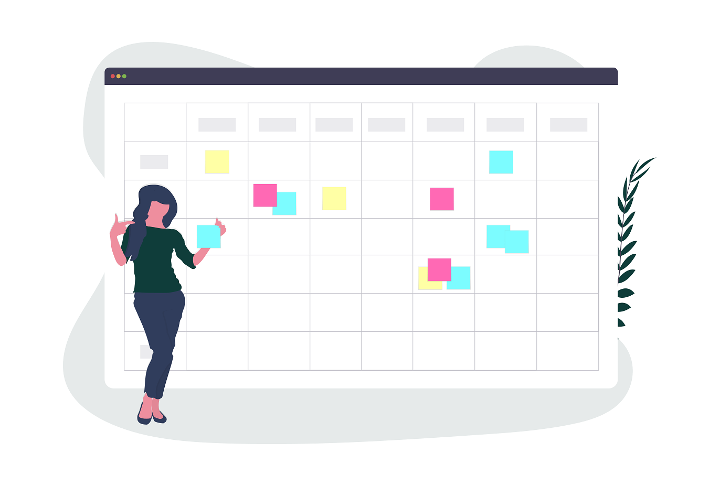Five Tips to Keep a Fresh Local Government Website
I hear local government organisations talk a lot about how their website is overflowing with information and content, some useful and some not so useful. The approach is generally: post first, ask questions later. Content governance is one of the biggest challenges local governments face when it comes to their website.
A simple solution is to have a content governance plan that users are familiar with, and workflows that ensure consistency and adherence to the plan. But simple and easy are usually separated by huge a chasm, especially considering common resource and time constraints that pressure organisations to do more with less.
Now is as good a time as any to review your current content and make an improvement plan. I got with my team at Granicus to share some advice to help you keep your content fresh.
1. Check for broken links.
When the website experience doesn’t work, residents will inevitably call or visit your offices — already frustrated!
The three numbers guaranteed to stop your visitors in their tracks are “404”. Nothing frustrates them more than a link that leads to a dead end. So it’s a priority to take the time to check for broken links. Use the appropriate tool (Google Analytics or your CMS) to generate a report, correct any errors, and ensure a smooth experience for visitors.
Each time a resident walks into an organisation’s office, it costs roughly $10.75 to address their issue. When someone picks up the phone to call it costs $3.40 on average. Digital interactions, conversely, cost roughly $0.12 a pop — a much more compelling return on investment.
2. Leverage offline data.
We have seen councils make hugely impactful web content decisions using other data sources (outside of web analytics).
Use data to inform your actions, conduct content reviews, and prioritise pages that get the most visits. Look at call volume and in-person visits broken down by inquiry type to identify where your web content needs work.
Quite often, residents who call or visit in-person have tried to find what they’re looking for on the website first with no success. Using more than just web data to provide a holistic view of resident needs can be invaluable.
3. Think seasonally.

On an annual basis, review seasonal website trends to inform how you update and create content for your website. Summertime might mean people are more interested in facilities and parks, while the winter season might bring more enquiries about immunisations. Pet registration deadlines and hard rubbish collection are other common seasonal services to consider.
Having an annual plan will be a vital way to keep the right content up-to-date at the right time.
4. Update or archive unnecessary content.
Just like focusing on the most visited pages makes sense, looking at the least visited pages will help to prompt necessary updates or archives that will improve the visitor experience.
Think proactively about the longevity of event pages, general or instructional content, etc. and set reminders in advance when the content is published, which solutions like Granicus’ OpenCities can facilitate.
5. Review site search results.

The power of Google has conditioned people to rely heavily on a website’s search functionality to find what they’re looking for, so it’s worth your time to analyse that data.
Reviewing the search data on your site is a powerful way to understand what your residents are looking for. Which terms are being searched the most? Which searches are returning no results? Which searches are returning results, but not receiving any click-throughs? Asking these questions and analysing the data can help to prioritise where to focus your time and effort.
I hope these insights have been helpful. If you’d like to chat more about content governance and what has worked for other local councils, feel free to reach out.